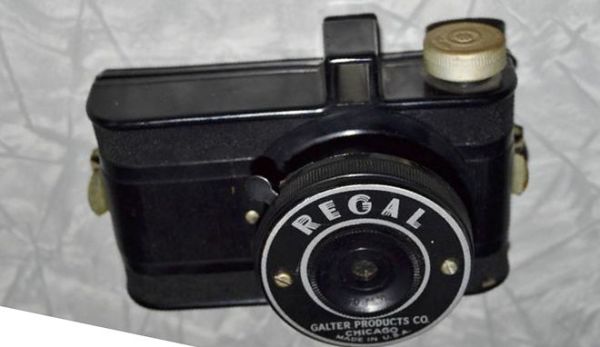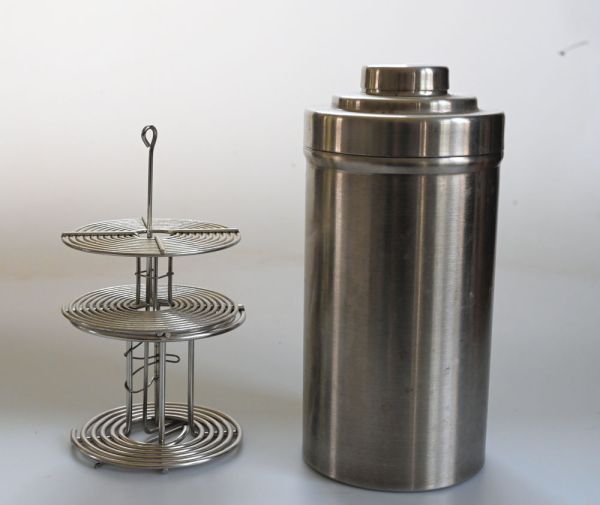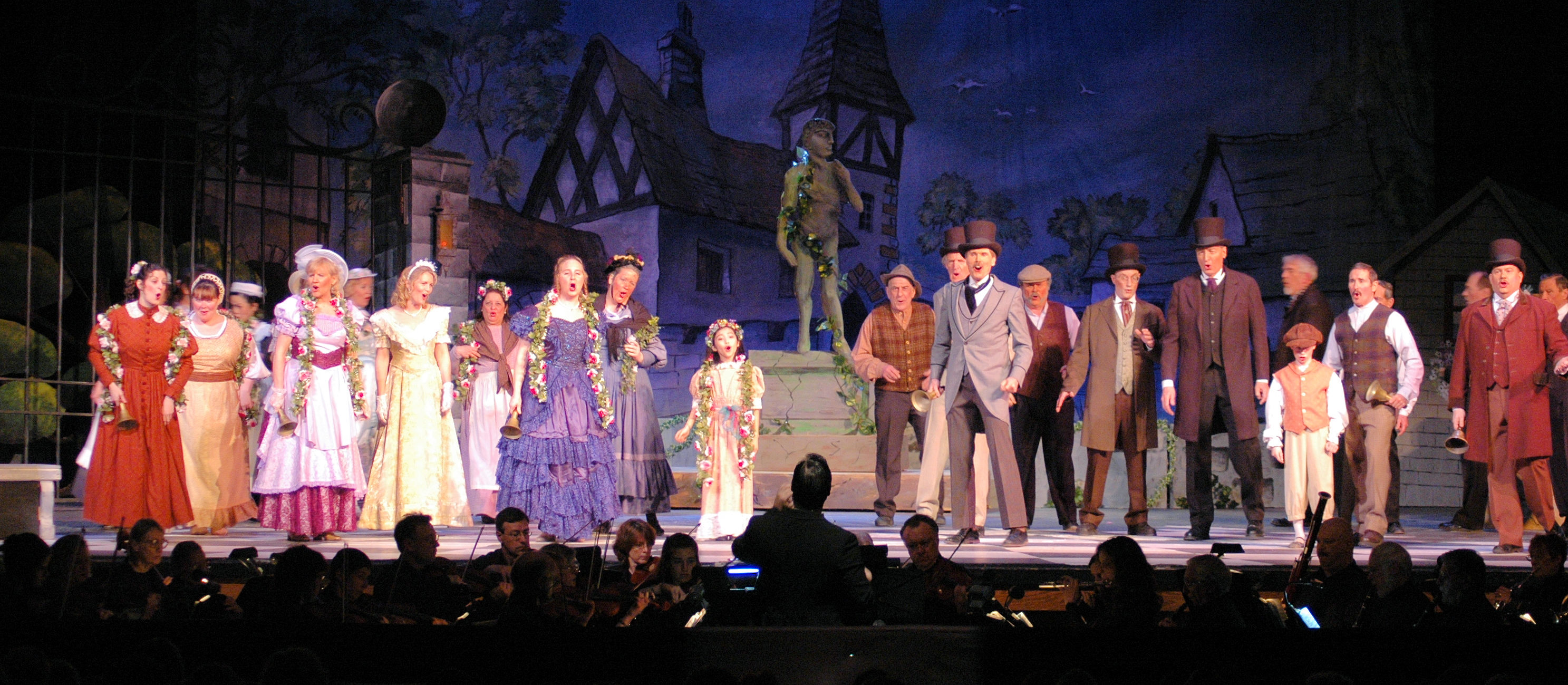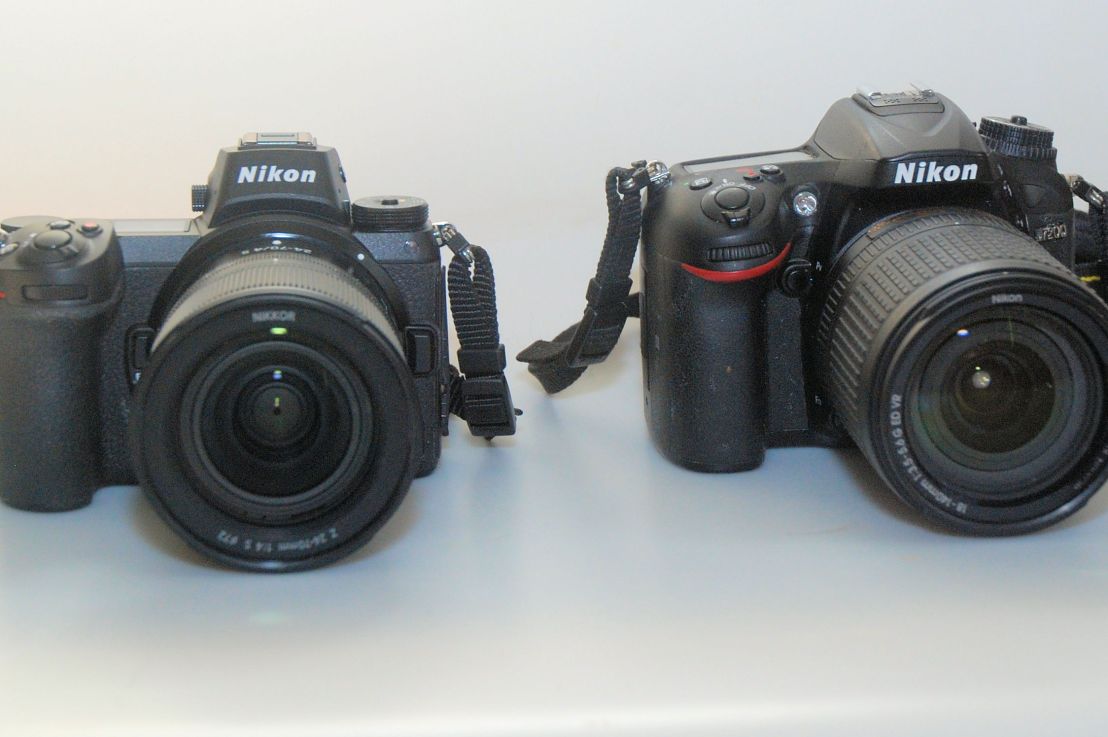Kisco Photo Service
If you lived in Columbus, Ohio in 1960 and took your film “to the drugstore” to be developed, it probably passed through my hands. My first major summer job was that year: I worked for Kisco Photo Service in a small building at Goodale and High St. This was essentially a family business owned by Mr Kissinger (I think) and more or less managed by his son in law, the smooth-talking Bill Smith. I seem to recall there being jokes along the line of “I wonder whose Kissinger now?”
Kisco Photo Service had a network of drug stores they serviced throughout Central Ohio. Their drivers picked up the film from these stores and dropped off the negatives and prints a couple of days later. While most of their business was still black and white printing, they did process Kodacolor and print it. They did not handle slides, but probably sent any out to another lab.

I was an avid photographer all through high school and had my own darkroom, where I did my own developing and printing: mostly black and white, but Jeff Luce and I got together and processed and printed some color from time to time. I had spent afternoons and Saturdays of my senior year as a darkroom assistant for Al Lupidi photography and Longview and High.
So, when looking for a summer job, when Al’s summer business didn’t warrant help, I took the bus down to Kisco with a resume in hand and talked myself into a summer job. As I recall, seniors got out of school nearly a week before our graduation and all-night party, so I started work that week and took off two days around graduation the following week. Since we were a 1-car family and my father mostly drove to work, I rode my bike down to Clinton School (back where this all started) locked my bike to a bike rack there and walked across High Street (or took the underpass) to catch the bus.
My boss was Billy Hillscher, who oversaw operations, and he introduced me to Ellen who worked developing the black and white film. I became her assistant, and since I already knew how to open film rolls and cartridges I was that far ahead of where they expected.
The film developing took place in a long, completely dark room, with a machine that moved the film through four tanks and then out through a light lock to a drying room, where the film was taken to be printed.
We stood at the beginning of the tank and received film and the original envelopes tucked into clips in a wooden bar that would hold five or six rolls of film. The film was loaded onto the bars outside our room, by intake people, who placed the bars in a rotating 3-sided lazy Susan. When they had loaded enough bars, they knocked on the wooden housing and rotated the film into our dark room.
Here we placed the bar on the front of the developing machine, opened each film roll or cannister and clipped to film to the bar, and attached a weight to the bottom end of the roll. This was tricky in the dark. Roll film was taped inside a black paper backing, so you had to unroll the trailing end (since it was now reversed), clip it to the bar, pull down the paper, and tear through the tape at the other end. The 35mm cannisters were actually easier: you just rapped the long end on any hard surface and the other end popped off, so you lift out the spool of film. (This doesn’t work anymore. Kodak decided people were reloading them, so now you need a bottle opener to pull off the end, which destroys the cannister.)
Then we moved the bar from the holding position to the machine’s moving chain, that raised the bar up about 5 feet, moved it forward and lowered the film into the film developer. The bars sat in notched on two chains on either side of the tank, that slowly moved forward about one notch every 30 seconds, coming to the end of the developing tank in about 8 minutes. At the point, the bars were lifted on the chain up and down into the second tank which was a rinse to stop the development process, and then on into the third tank which contained the film fixer or “hypo,” (actually sodium thiosulfate) which dissolved the parts of the film that contained no image, essentially the black areas in the photo. The film went up and down into the fourth rinse tank and then out into the drying room.
“Fine Grain” developing
Occasionally, someone would request “fine grain developing.” What each actually happened was that we put all of those rolls requesting fine grain on a single bar, and when the film came down into the developing tank, we reach in and moved the film ahead two notches in the tank, so they would be developed a bit less. But since this was the same developer, there was a little hooey going on here, and the company charged the customers extra for this hooey.
However, in those days, most people were still using Kodak Verichrome Pan, which was a film designed for amateur photographers who used box cameras and other simple devices. The film had such a wide exposure latitude that it was pretty impossible to screw up your film exposure (or development). We also saw some Tri-X pan which was more of a professional quality film, and more light-sensitive.
Most of the film we handled was 120 or 620, which produce 12 6×6 cm negatives on a roll, or 127 which produced 12 smaller images on narrower film. We also had a significant amount of 35mm film come in, mostly 20 exposure rolls, but when we got 36 exposure rolls, these were longer than the 4 foot depth of the developing tanks, so we had to loop the film down and up the adjacent clip on the film bar so it didn’t hit bottom. The people that attended the film in the drying room unhooked one end and attached a weight so the film would dry without a water spot in the middle where the loop had been.
When the film was dry, it went on to the printers, who were a series of (mainly) women who sat at little consoles and centered each image manually using a little display, and then press “Print,” which exposed the next few inches of a roll or photo sensitive paper, entirely enclosed in the printer console, so they could work in an illuminated room. The rolls of paper were developed within each console, I think and then cut into individual pictures. The printer people had some control over the exposure of the printing paper and if they mis-guessed, this was caught when the prints were cut up and those negatives were reprinted.
Trouble
You may think that this idyllic life was all there was to processing film, but of course, there were always snags. Once and a while, Ellen and I would have loaded all the film that had come in into the machine and went out into the light and had a coffee (her) or a Coke (me). But sometimes we’d be standing there when we heard a terrible CLANKA CLANKA CLANKA coming from the machine and we ran back into the dark room. Ellen pulled out a little flashlight with a green filter over the lens and we looked for what was stuck. Usually, we had to turn off the machine and rescue the film bar that had gotten stuck diagonally across the chains, and then hurriedly turn it back on, perhaps advancing the film to make up for the amount of time it had already been in the developer. If we acted quickly, nothing was lost.
Kisco had two drivers, Jimmy and Chuck that went out to all the drugstores on their route and delivered and brought back film in batched several times a day. But there was one time a day, usually around 10:30 or so, when there would be a frantic knocking on the film door and the word “Whiston” being shouted at us.
It turns out that this referred to Whiston Pharmacy in Mount Horeb, Ohio. Apparently, they had an arrangement with Whiston that their film would be back the same day, perhaps because of the distance and the route the driver drove, and we had to drop everything and move film to Whiston to the front of the line, so it would get to the printers and back to the drivers in a few hours. Amazingly enough, this pharmacy is still in business some sixty years after I worked at Kisco. Kisco is, of course, long gone.
Color
The color developing and printing was a much smaller part of the business. All the color film was developed personally by Hillscher, so there couldn’t have been that much. There were three color printing consoles for making the final prints. These were operated by women who came in later, because of how long developing the color film took, and, incidentally, dressed a lot better than their black and white printing colleagues.
I did get an employee discount to have my own film processed, and I had recently gotten my first electronic flash or speedlight, or “stroboflash” in older argot. So, I shot a roll of color to try out my new toy, and brought it in. I remarked to Ellen that I hope the strobe exposed film would come out OK.
Well, for this, I got called on the carpet, because, not realizing that the pictures were exposed with an electronic flash, they printed them assuming I had use regular flashbulbs. Now, regular flashbulbs had a much warmer color to them then do electronic flash shots, which tend to have a bluish cast. Hillscher was furious with me that I hadn’t marked them “strobe exposed,” and when he saw the first prints, he had to have them all done over. Not only was I being berated for something I never heard of before, but it was clear this stuff was all pretty new to them, too. I think I did one more roll with Kisco with mixed results and decided I would be better off sending my color prints to the nearby Kodak processing lab in Findlay.
Clarinet
I played clarinet all three years in the North High School band but was worried that when I got to Oberlin College, I wouldn’t be accomplished enough to join the Oberlin Concert Band. Several other clarinetists had moved on to take lessons with Dr Don McGinnis at the OSU school of music. So, I asked my mother if she could call him during my workday and see if he could take me on for a few lessons that summer. Well, as soon as she told him that I was going to Oberlin, he exclaimed: “Oberlin! That’s my school.” And I was in.
So, on Wednesdays, I took my clarinet to work and then took the bus up to the OSU campus. I walked over to the music school for my lesson. He was great, and improved me quite a bit, and I did get to play in the band in college.
But one Wednesday, Hillscher asked me if I could clean the stockroom, which amounted to mopping the floors and waxing them. Needless to say, this wasn’t an elegant operation, and I arrived for my lesson covered with schmutz! But he let me in anyway.
I spent a couple of days later in the week, inventorying their stockroom. I suspect that few of the others really were great readers, but it wasn’t too difficult. Thanks? No, not really.
Taking my leave
When I accepted the job offer, Bill Smith had promised me a raise once I had become experienced. That never happened, and when my parents asked if I wanted to come on vacation with them in August before leaving for college, I agreed and gave Kisco my notice. I know Kisco had wanted me to work a bit longer, but I felt it was time to get out, so I did.
The next summer, I help paint lines on the streets of Columbus, but that’s another story.















 Around this time, 1957 or so, 35mm cameras were getting better and cheaper and my father bought me a Minolta 35mm camera. I was soon taking so many candid pictures with it that I started spooling my own bulk film into 35mm cassettes. In those days, you could reuse standard Kodak cartridges, but Kodak put an end to that in about 1964 by crimping the ends so you had to use a bottle opening to pull them open.
Around this time, 1957 or so, 35mm cameras were getting better and cheaper and my father bought me a Minolta 35mm camera. I was soon taking so many candid pictures with it that I started spooling my own bulk film into 35mm cassettes. In those days, you could reuse standard Kodak cartridges, but Kodak put an end to that in about 1964 by crimping the ends so you had to use a bottle opening to pull them open.








































